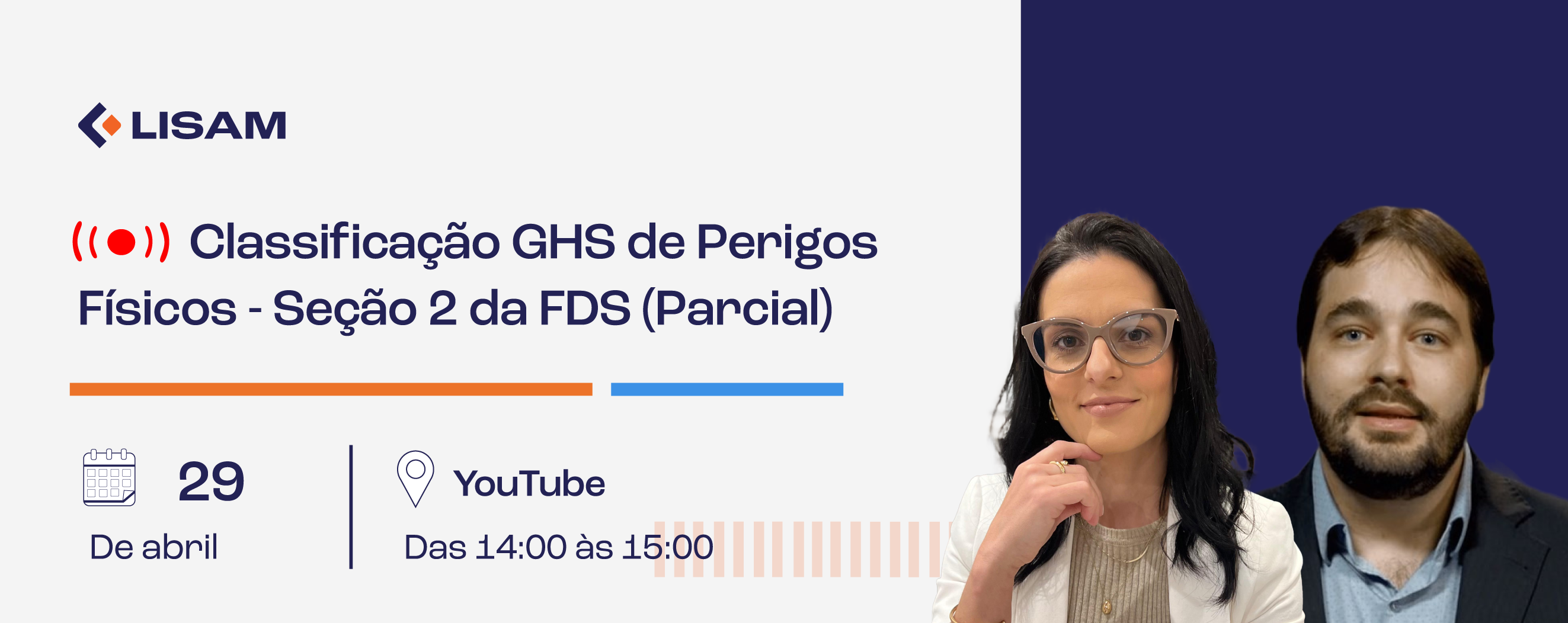GHS Brazil – Update!
On July 3, 2023, the new Standard NBR 14725 of the Brazilian Association of Technical Standards ABNT was launched. The NBR is the most important regulation regarding the application of the GHS – Globally Harmonized System of Classification and Labeling of Chemicals in Brazil, as it describes all the criteria for classifying chemical products and contains the instructions for preparing the SDS and the Label. The ABNT NBR 14725 standard underwent an important and long review process, and this is the most important update in recent times, as the standard has yet to undergo such a complete change since 2009.
WHEN DOES THE NEW ABNT NBR14725 STANDARD COME INTO FORCE?
After the official publication, companies will have a 24-month transition period to comply. So, ABNT NBR 14725:2023 will become mandatory on July 4, 2025.
Compared with the current version, the new standard brought many significant changes.
For a start, even the structure of regulation has changed. The standard is no longer divided into four parts, rather all its content is presented in a single part much more extensive and complete than the previous version.
Regarding the GHS version, the new regulation was entirely based on the seventh revision of the Purple Book, therefore being more aligned and harmonized with other countries/regions.
The classification system has included two new hazard classes: Desensitized Explosives and Hazardous to the Ozone Layer.
The labeling elements also changed, new H and P phrases were added, and many of these phrases had a modification in their text.
Concerning hazard communication, new rules for labeling small packages have been added.
Regarding the SDS changes, the document known as FISPQ, in Portuguese, the acronym for Ficha de Informações de Segurança de Produtos Químicos, will now be called FDS – Ficha com Dados de Segurança, which will bring greater harmonization comparing the name of the document in other languages, for example: – SDS – Safety Data Sheet, HDS – Hoja de Datos de Seguridad, FDS – Fiche de Données de Sécurité, etc.
WHAT ARE THE MAIN IMPACTS OF THIS UPDATE?
When we talk about regulatory updating, the impacts can be of different aspects. Regarding the update of the NBR 14725 standard, everything will depend on the size of the company, the number of products that the company sells, and the team destined to manage these products. Below we list 3 main impacts:
● All FISPQs/SDSs must be updated
As the name of the document will change, all SDS will need to be updated. Labels should be reviewed also and can be changed or not.
● Cost and/or time to update can be high
Complying with new regulations often involves investing in additional resources, such as hiring specialized personnel, acquiring specific technologies, or training employees. Depending on the number of products that the company has, the time for revision and updating can be very long. These additional costs can affect companies’ budgets and profitability.
● Previously classified products may no longer be classified
The tables of generic concentration limits have changed, and the limits have become higher. Therefore, products that were previously classified may no longer be classified. The reverse is not true, except for desensitized explosives and hazard to the ozone layer, two new hazard classes.
NEW FDS – Ficha com Dados de Segurança
Regarding the content of the document, we did not observe major changes. The 16 sections will still be mandatory, in the same order and with the same titles. The H and P phrases underwent some changes: new phrases were included and some of the existing phrases had their text modified. Section 9 has an additional item in the list of physical and chemical properties, called “particle characteristics,” to be completed when the product is solid.
GHS LABEL
Os rótulos também deverão passar por revisão, já que as regras para apresentar os ingredientes perigosos no rótulo, mudaram. Além de que alguns produtos podem apresentar uma nova classificação de perigo depois da atualização, com novas frases H e novas frases P, sendo necessário atualizar a rotulagem.
Access to the NBR 14725 standard is via the ABNT Catalog website, through the link: Click here
The amount to acquire the new regulation is R$ 244.10 reais (50 US$) and is available only in Portuguese.
For more information, contact atendimento@lisam.com.


